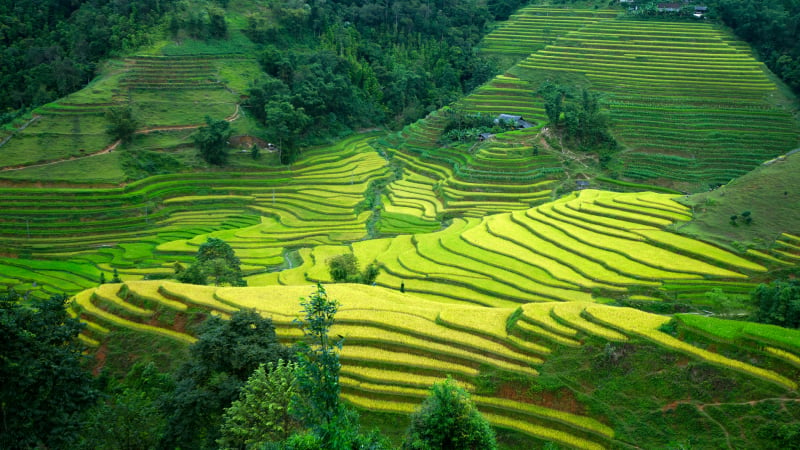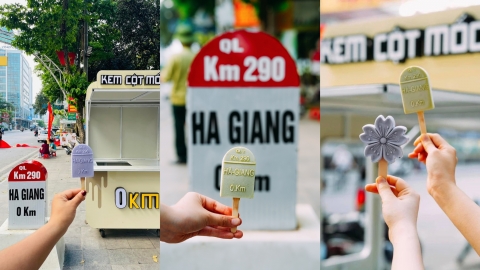Peaceful village in the heart of the northernmost mountains
If Lo Lo Chai is located on the left side of the flagpole, welcoming groups of tourists coming to visit, then in the opposite direction, Then Pa lies peacefully in the heart of Lung Cu mountain forest.
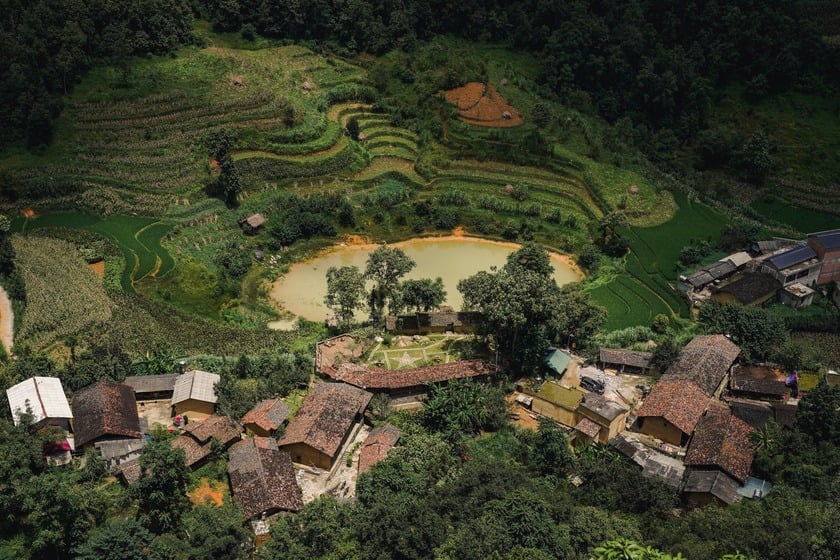
Panoramic view of Then Pa village from Lung Cu flagpole.
Leading into the village is a small dirt road, covered in the cool green of grass and trees. On the way into the village, visitors can easily see children with innocent eyes, happily playing folk games and then laughing loudly, clear like the sound of birds singing in the forest. In front of the main gate is a row of ancient sa mu trees over 30 meters high like arrows pointing straight up to the sky and faded stone walls covered with green moss.

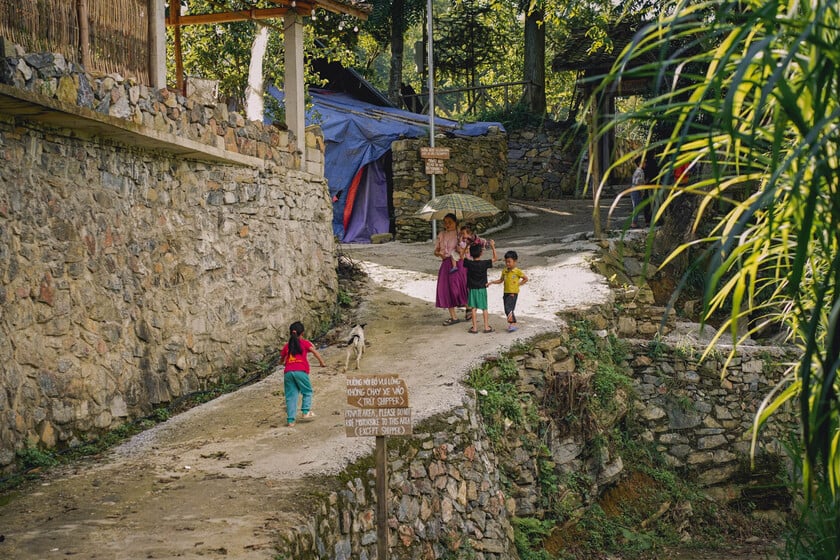
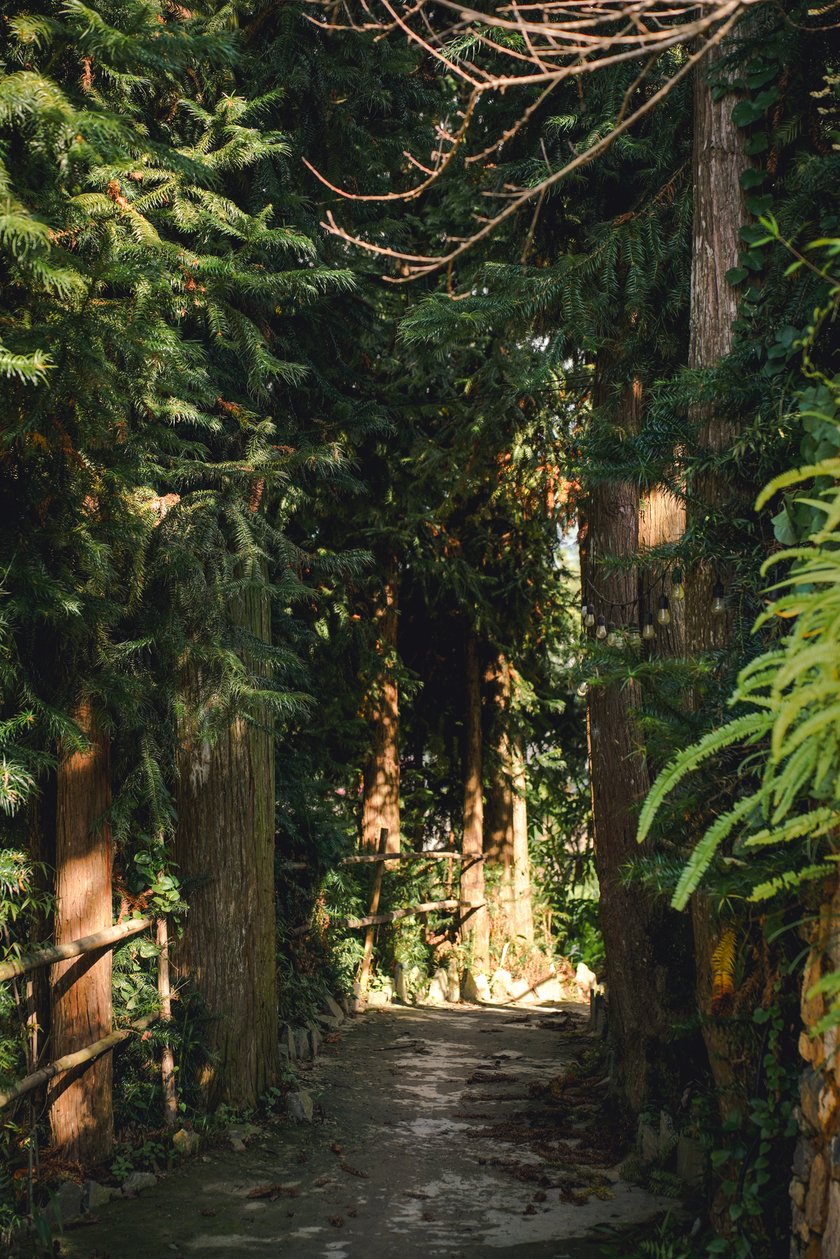
The road into the village is covered with green trees, mountains and ancient samu trees.
The village grounds are covered in a lush green of grass, the yellow of earthen walls mixed with the reddish brown and dark grey of baked bricks. The yin-yang tiled roofs seem to have become a part of the soul of this village, appearing on people’s houses, guest rooms, gates connecting to the yards and even the cattle pens.

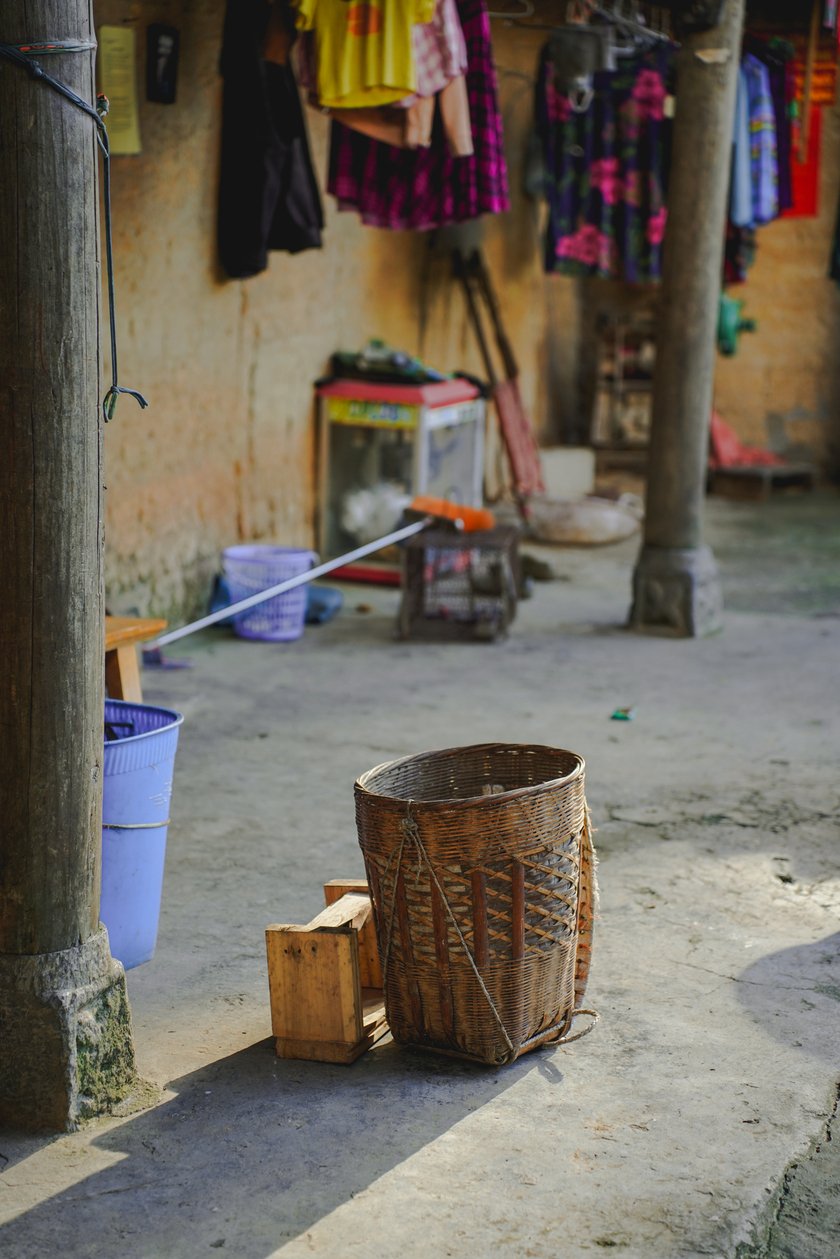
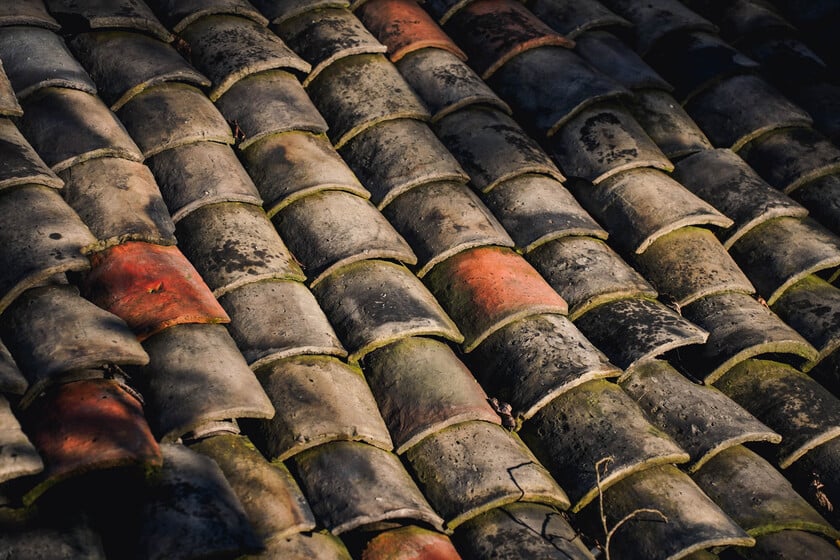
The houses retain the original Mong architecture with earthen walls and yin-yang tiled roofs.
Walking around the village, visitors can slowly observe the daily life of the people. They sit and shell corn, wash clothes, feed buffalo, cows, pigs, chickens… as if the cycle of life is still the same whether there are tourists or not.
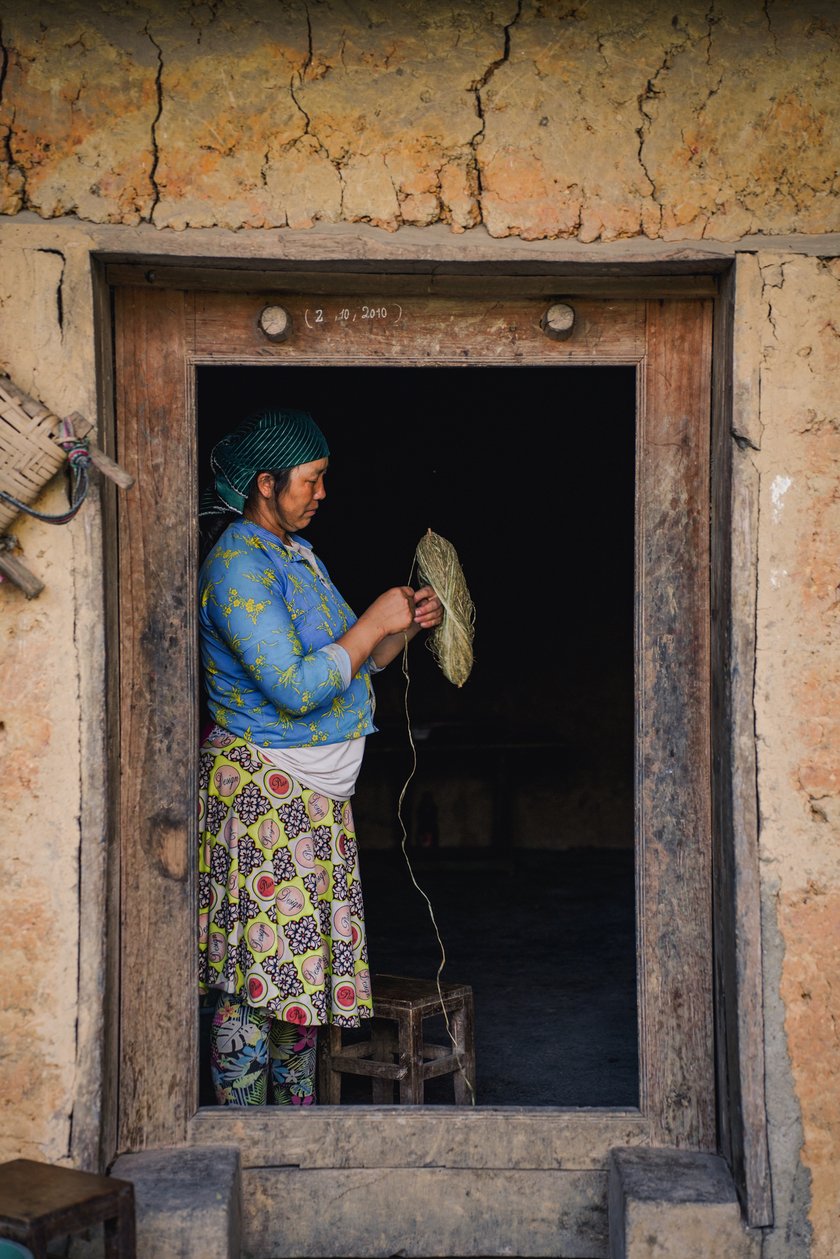
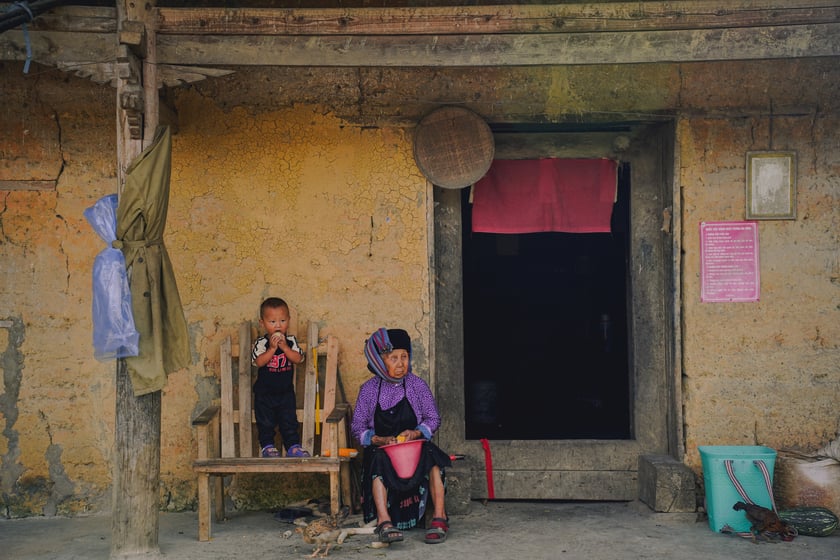
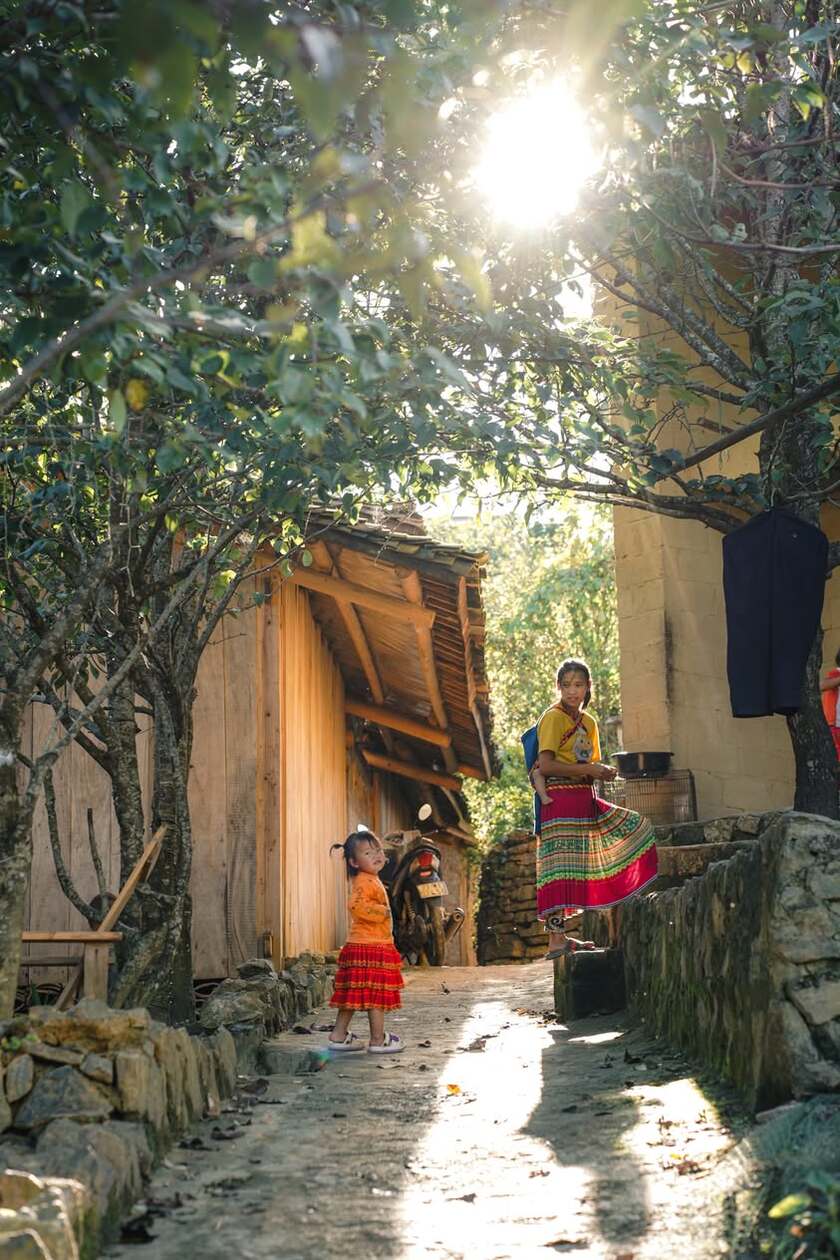
The simple, rustic life of the people of Then Pa village has not been affected by the flow of modernization.
Four seasons have passed, and Then Pa has changed into a new coat four times. Sometimes she is as gentle as a spring girl with pink peach blossoms and white pear blossoms in her hair, and sometimes she is sad and heavy-hearted when the village is immersed in the fog in the early winter. When changing from summer to autumn, the green cornfields and rice fields gradually turn yellow, like a poetic picture on a postcard in the highlands.
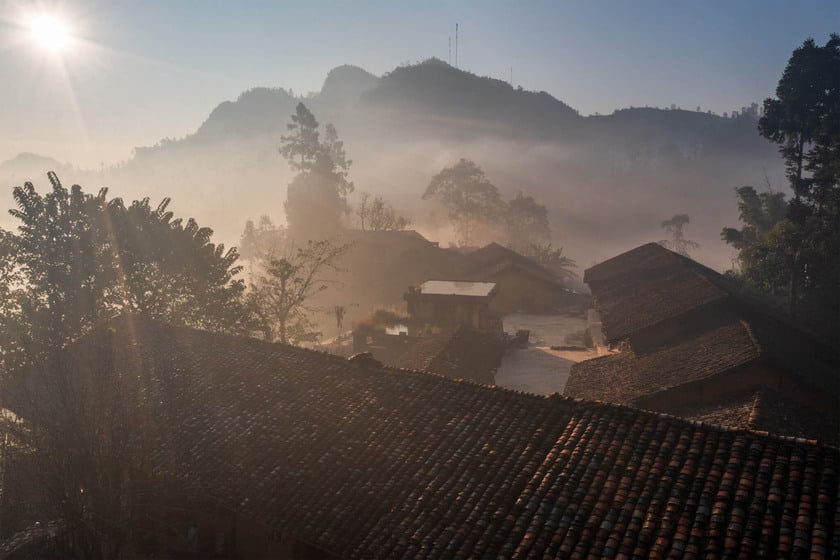


Colors of Then Pa village through each season of the year.
Journey of tourism development thanks to cultural identity
On a beautiful sunny morning, Mr. Vu Gia Dai sat pensively on the yard facing the dense green forest in front. Recalling the first time he set foot in Then Pa as a normal tourist in 2021, during the complicated time of the COVID epidemic, he was captivated by this place from the moment he saw the rustic houses of the villagers hidden behind the forest. “This place seemed to be isolated from the world but had a strange harmony with the majestic natural scenery, making my heart calm down,” he recalled.

The primeval forest embraces Then Pa village
After that visit, he began to nurture the idea of building a community tourism village. During this process, the most difficult thing was to balance tourism development and the preservation of the village's long-standing traditional cultural features. To solve this problem, Mr. Dai chose to restore and renovate old rammed earth houses into accommodation rooms and use local materials and motifs to decorate the rooms. At the same time, he also organized direct tourism instruction classes in the village so that people could become tourism service operators in their own village.
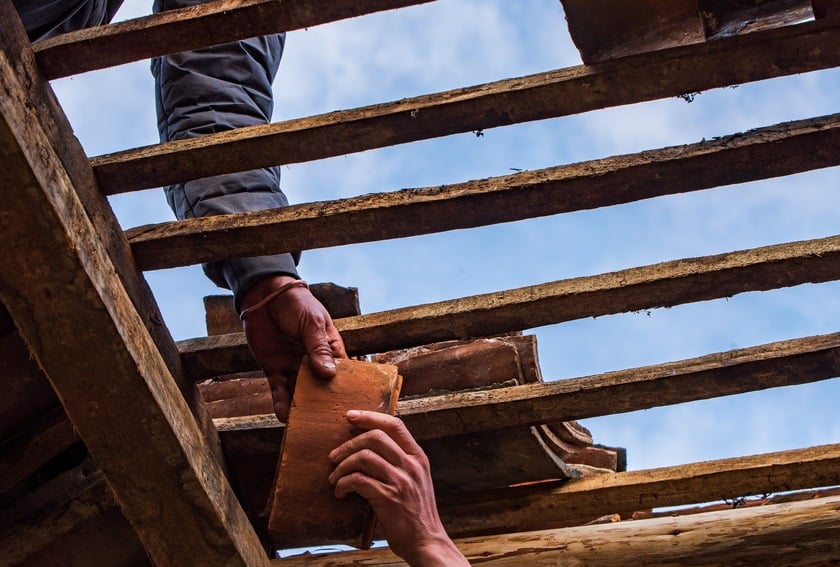

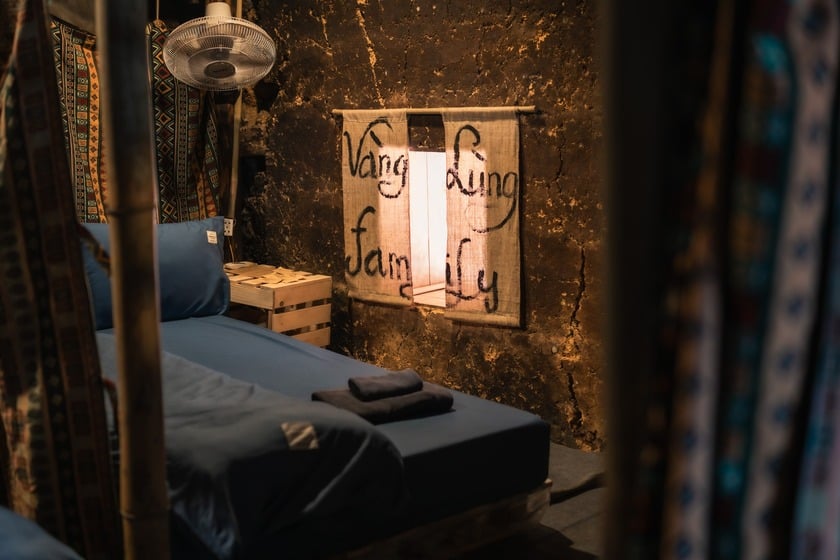

The old houses were renovated for tourism but still retained traditional architecture and yin-yang tiled roofs.
Then Pa Village is slowly taking shape and will officially operate in mid-2025. Currently, the village has 21 accommodation rooms, including many room types with wooden bungalow and earthen house designs, 4 traditional houses with 26 dorm beds. The rooms mainly use bamboo, wood, and brocade motifs with the hope that the rusticity, closeness to nature and the harmony with indigenous culture can touch the hearts of those who stay, helping visitors have the most original and authentic experience.
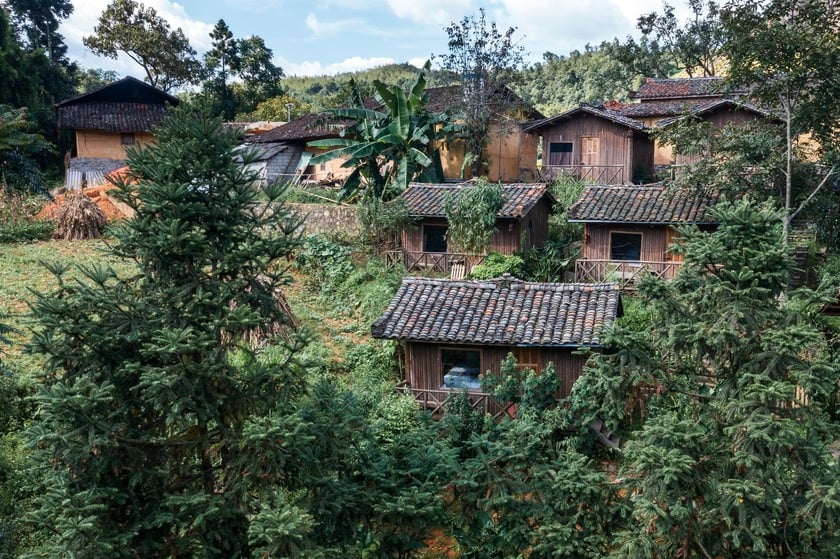
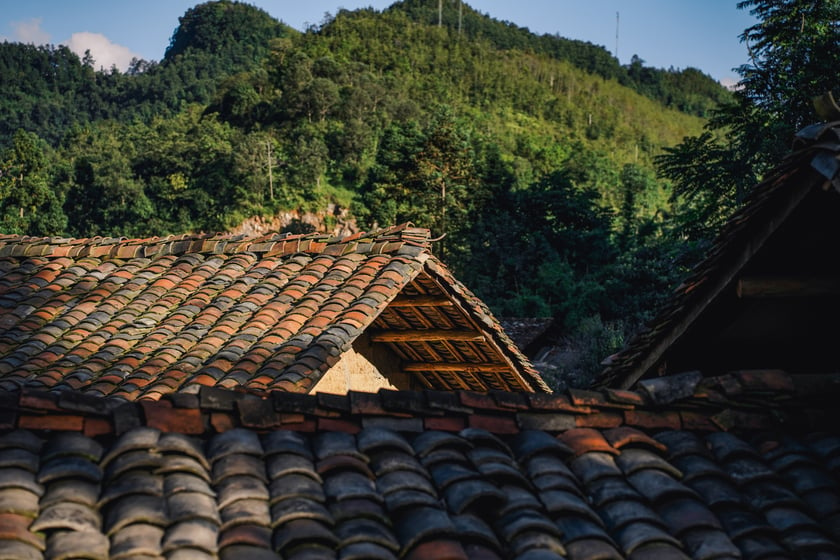
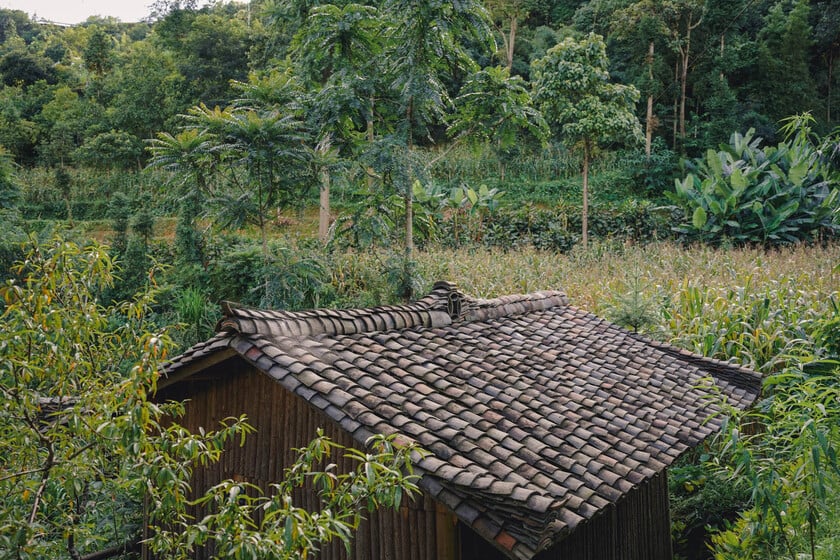
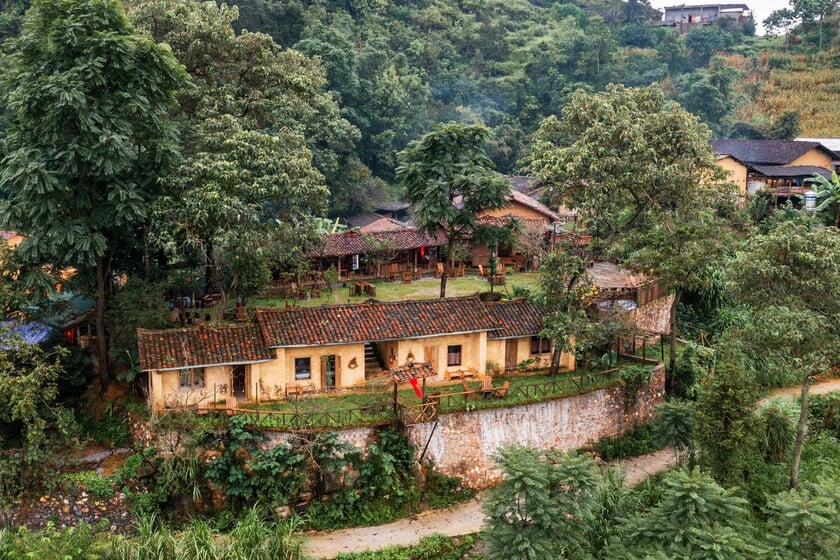
Panorama of Then Pa community tourism village.
Diverse experiences with local people
Then Pa Village is located in a small hamlet of the village with 11 households who are brothers in the Vang family who have lived here for more than 100 years. They still preserve the customs and culture of the Mong people, bringing the opportunity to experience the most authentic experience for guests.
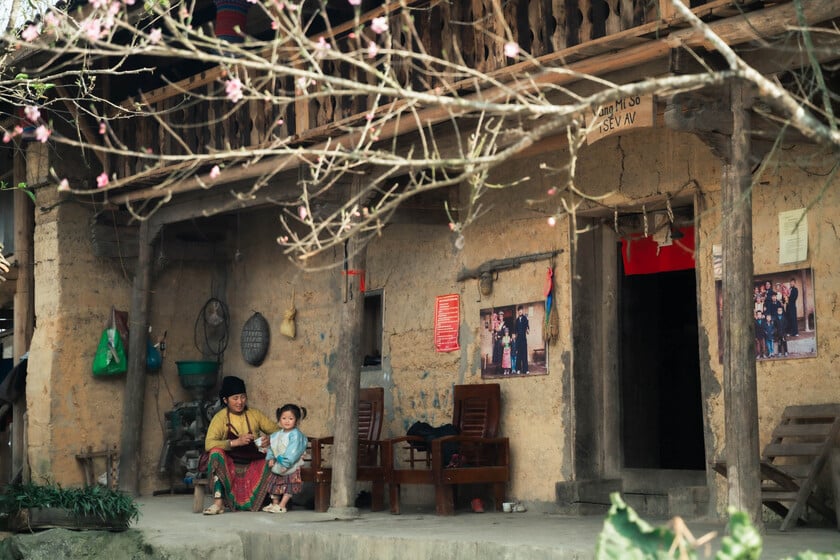

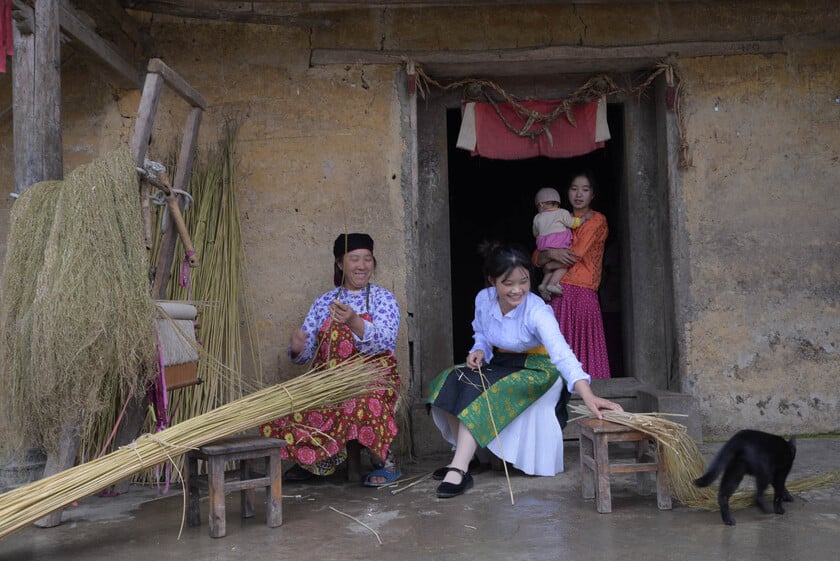
Tourists experience living and working with the local Mong people right at the foot of Lung Cu flagpole.
Light activities in the village include beeswax painting on linen, fabric dyeing, and making traditional corn cakes. Campfires and cultural exchanges are often held on weekend evenings or at the request of the group. If choosing Then Pa village as the place to celebrate Lunar New Year, visitors can participate in the village's Mong people's New Year, enjoy a feast with dishes made from pork, chicken, and men men (corn rice), and participate in traditional folk games such as pao throwing (photo), panpipe dancing, flute playing, and love duet singing competitions.


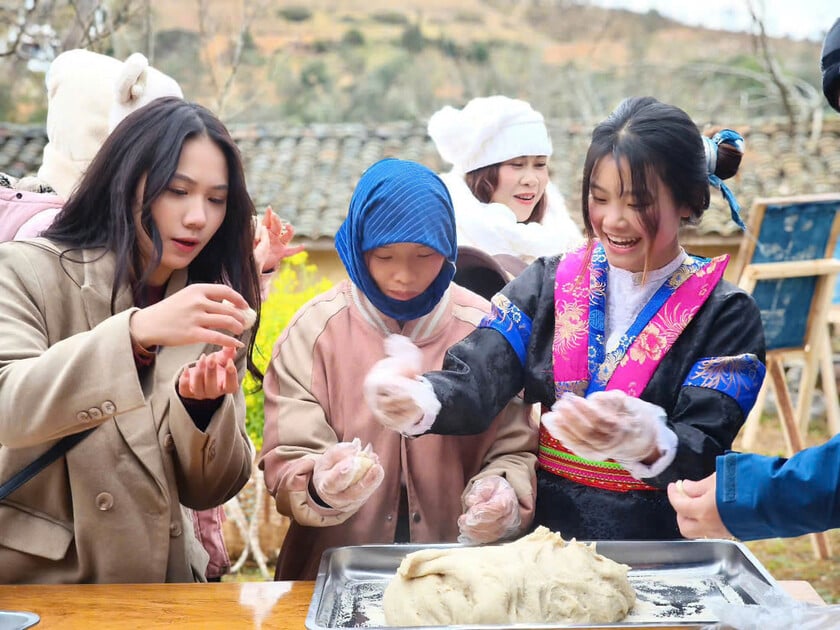
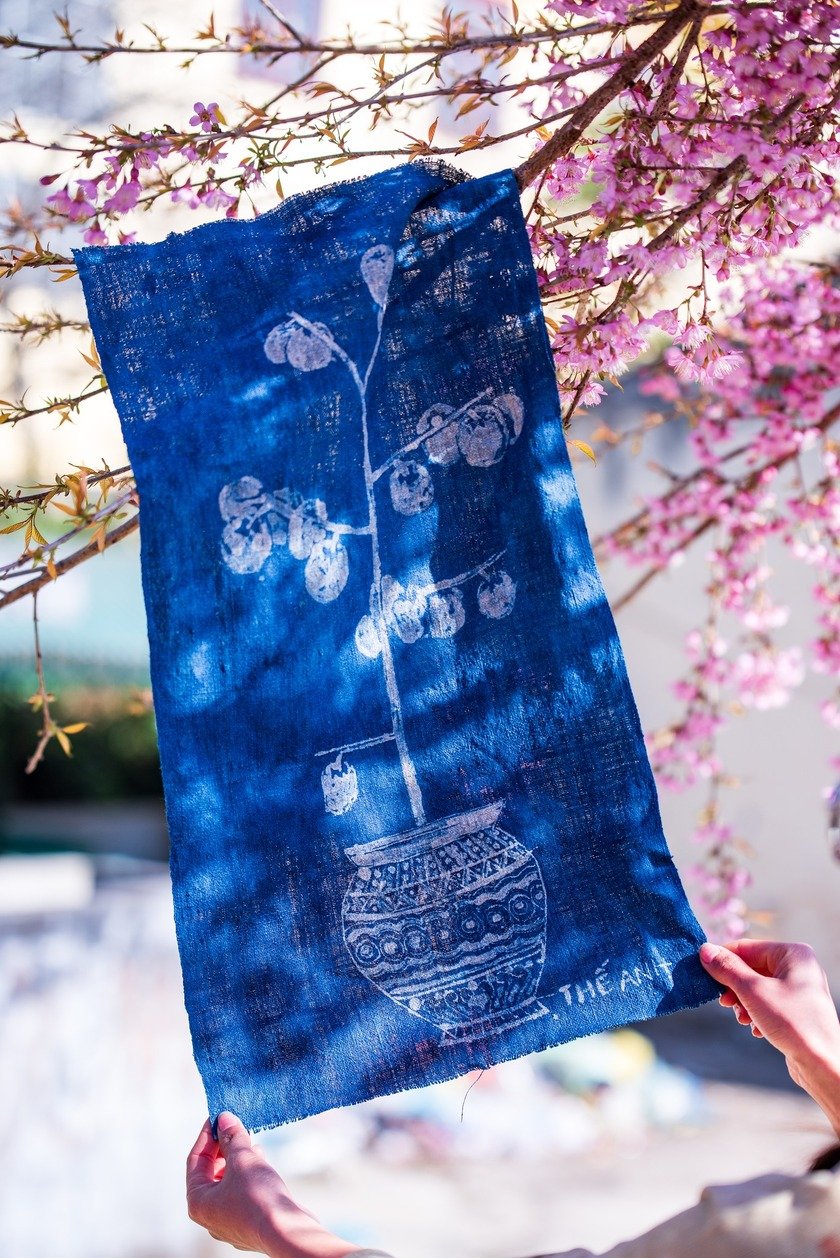
Visitors can directly experience cultural activities imbued with Mong identity in the village.
Since officially coming into operation in early 2024, Then Pa Village has recorded positive development and is increasingly known to many tourists, especially those who love to travel and experience and explore indigenous culture. Most tourists are very satisfied and excited with the village model, plus the majestic natural scenery and rustic wildness here often make tourists linger and come back many times, according to Mr. Dai.
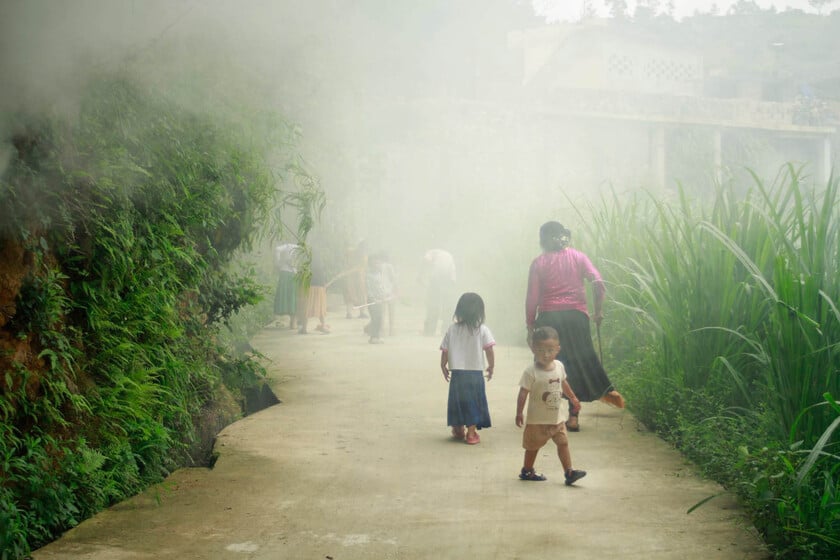
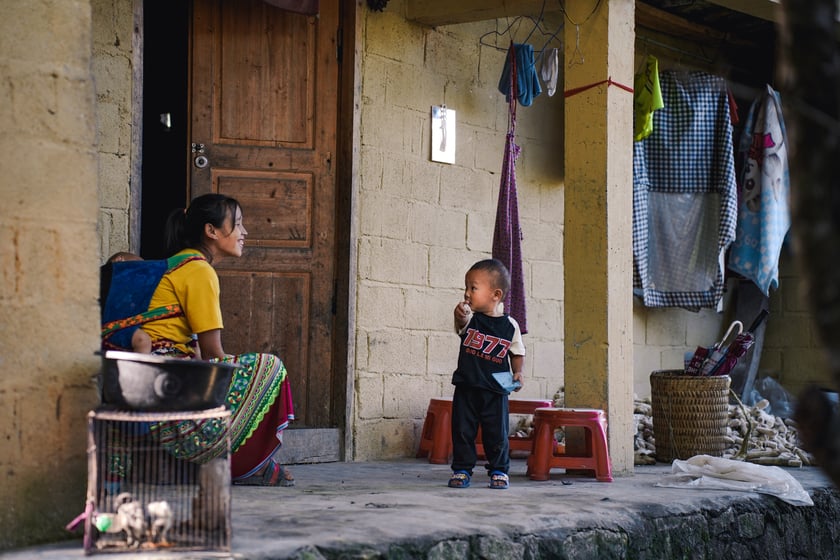
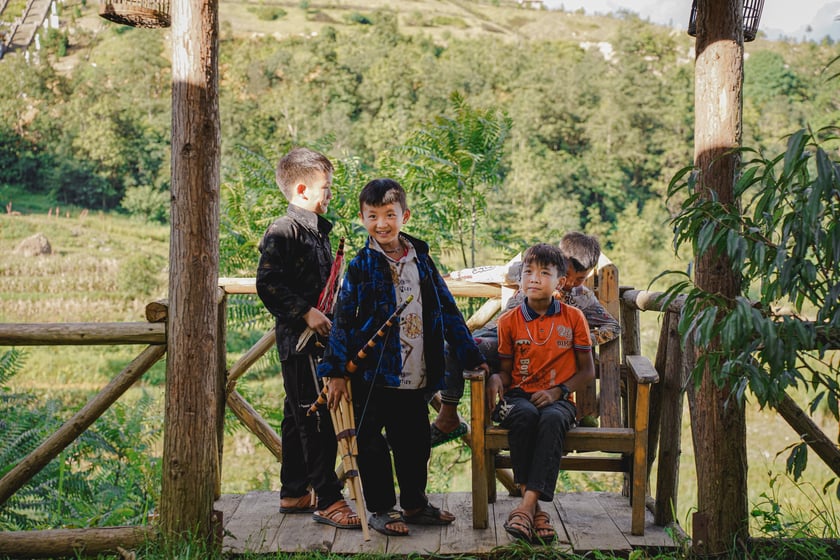
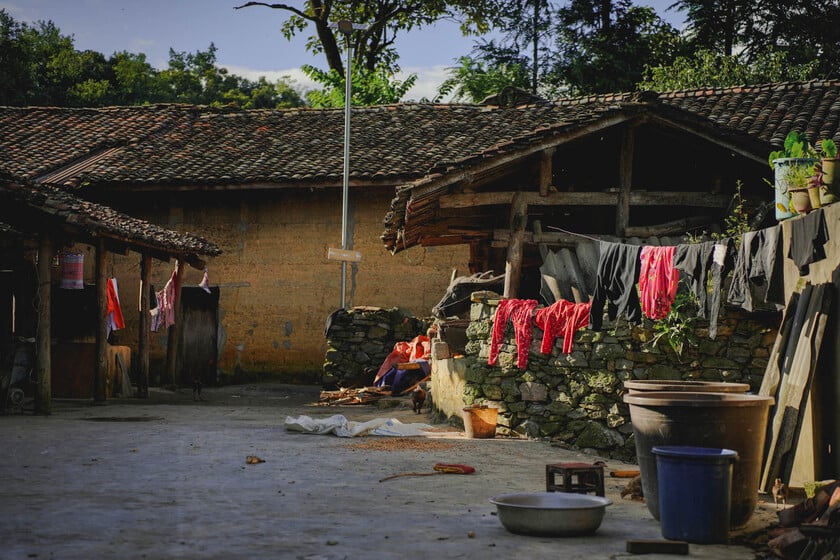
Developing tourism while still preserving the rustic, simple features in the daily lives of the people is what helps Then Pa village retain tourists.
After a period of operation, the Then Pa Village community tourism area has brought many positive impacts such as creating jobs, providing a stable source of income on the spot and improving living conditions here. Over time, the indigenous cultural features have not been lost but have become invaluable values, cherished by the people and appreciated by tourists. The development of tourism activities has helped the name Then Pa village appear on the Ha Giang tourism map, contributing to promoting the local image to domestic and international tourists.

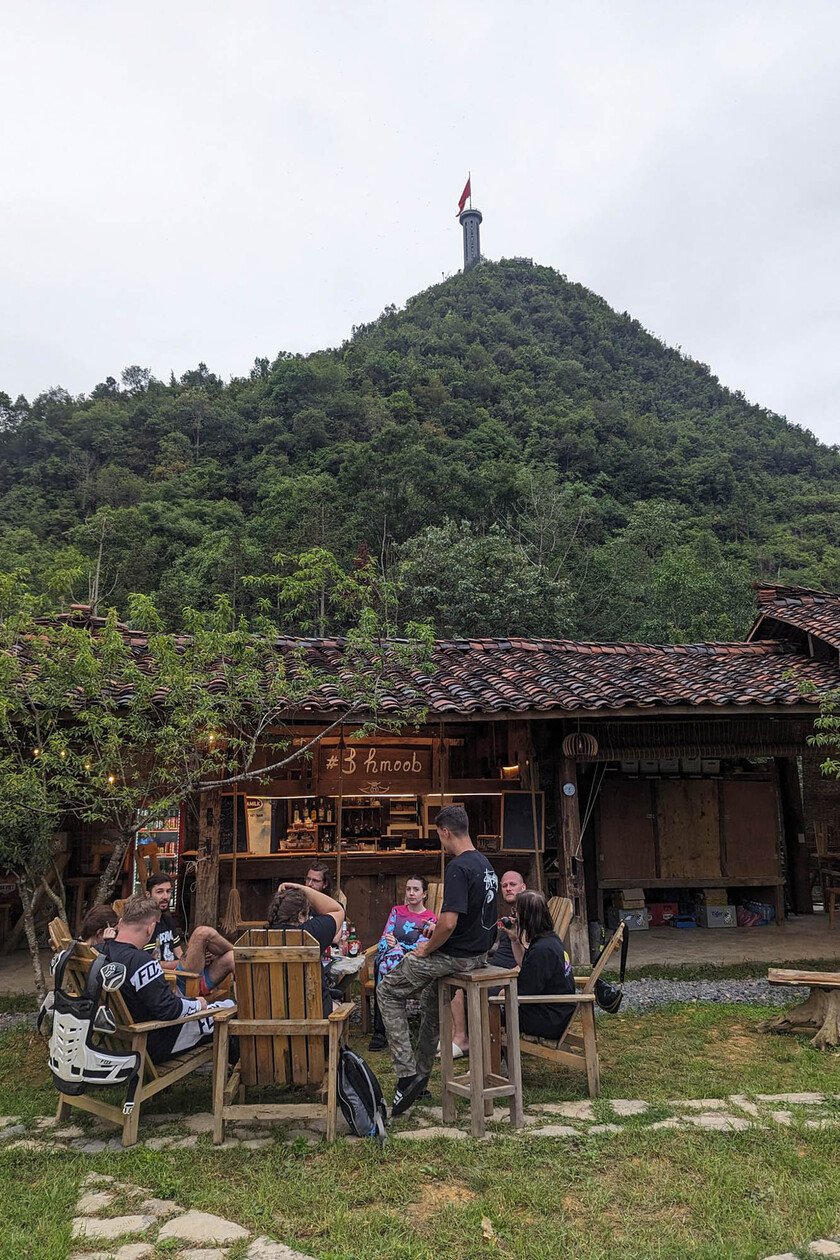
Tourism activities in Then Pa village have contributed to bringing the village's name to many domestic and foreign tourists.
Identifying this as a long and arduous journey to create a sustainable tourism model, Mr. Dai is taking the first steps on the way to making Then Pa a typical community tourism destination in Ha Giang. Then Pa village is a place where simple culture is still preserved, along with professional tourism services that bring unique experiences. Here, visitors can enjoy relaxation in the most simple things of a highland village with the familiar sounds of the countryside: the sound of insects, the crowing of chickens, the sound of cow bells... under the dawn at the headland of the Fatherland.






